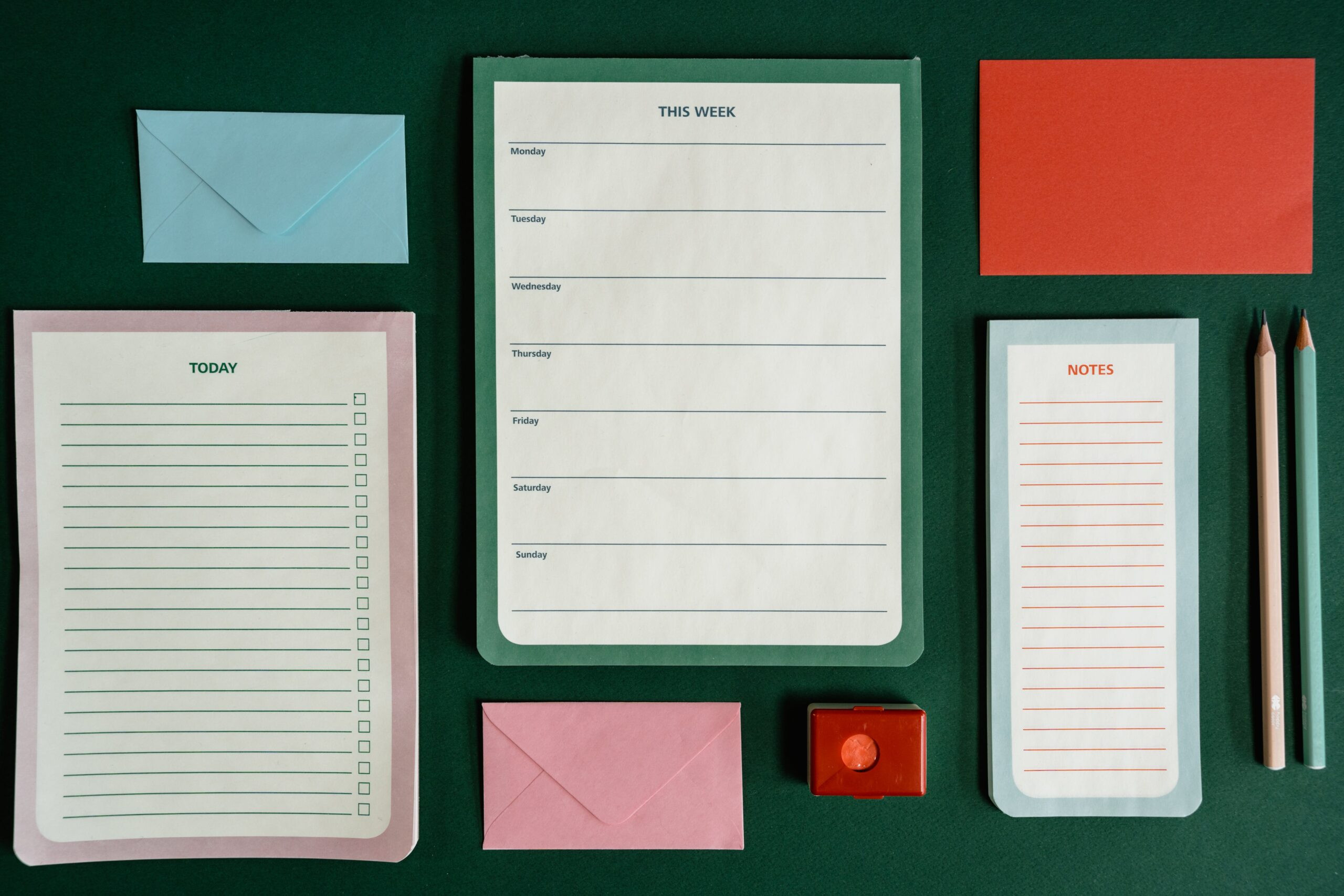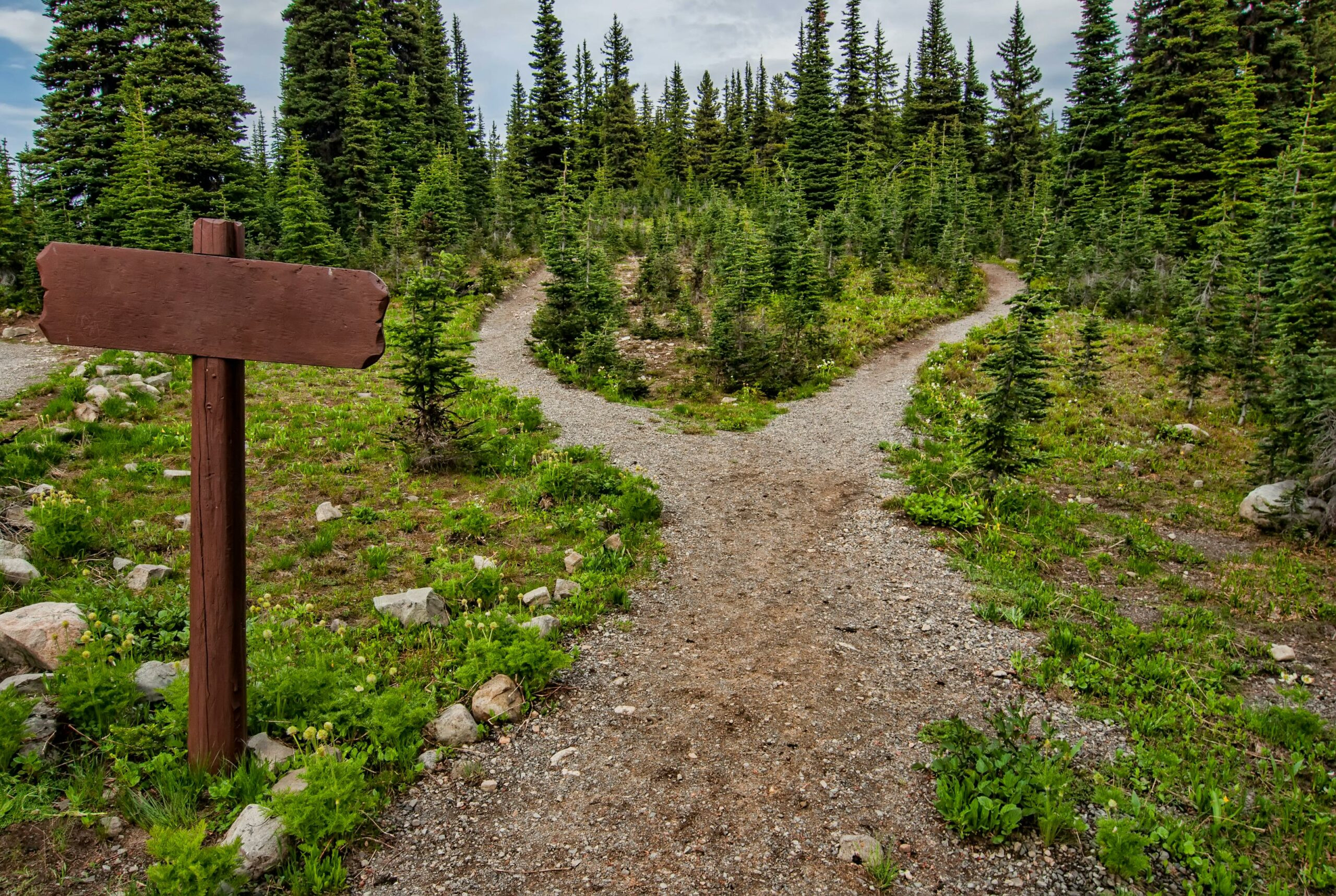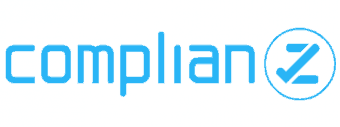Broadcast Prep: Getting Your Organization Ready
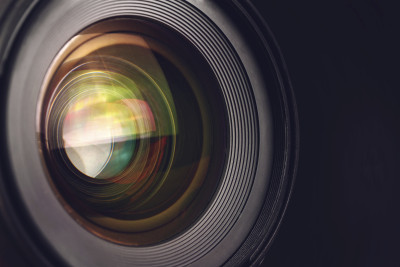
Recently, our firm had the privilege of working with some high-profile scientific clients to film two ambitious documentaries and a substantial evening broadcast feature story. Doing so reminded me just how much preparation goes into these earned media story formats and how much time the client needs to allocate before the film crew, producers and reporter descend upon the organization.
Below are five key things to keep in mind next time a TV crew plans to visit your client for a broadcast story.
Prepare for a very long day.
I truly admire the passion and commitment the television crews bring to their jobs: Arriving at the crack of dawn to set up equipment, put up lighting, arrange the room, test the sound, and get everything just right–long before the reporter conducting the interview even appears on the scene. As the media point person, that means that you too will need to arrive very early, even before the crack of dawn, to make sure that building security has been alerted, the elevator is working, and all the other logistics are pre-arranged.
Bring something to work on.
You will face several hours of down time while the setting up and tearing down of equipment takes place. The actual filming of the interview is fascinating, but will take up only a small fraction of your time.
Put out an all-points bulletin.
People do not react well to having their work space overtaken, their furniture moved, and their normally quiet work areas disrupted by noise and major distractions. You must give them ample warning. Be sure to alert all the staff who are located anywhere close to where the crew will be setting up, and where the actual shoot will be taking place, and even near the room where equipment will be stored. If possible, share a detailed itinerary so your colleagues know when and where the filming will take place and who might be wandering the halls.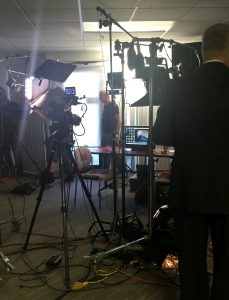
Schedule extra time for your spokesperson.
Unlike a print interview that can be conducted rather quickly and over multiple meetings, broadcast interviews are usually done in one visit and also include shooting B-roll and recording other visuals. Schedule extra time on the calendar before and after the interview to ensure your spokesperson isn’t rushed to finish the conversation and run to another meeting.
Food helps.
Finally, having plenty of snacks and drinks isn’t actually required, but it sure goes a long way in maintaining energy, patience, and good will for both the broadcast team and your colleagues.

